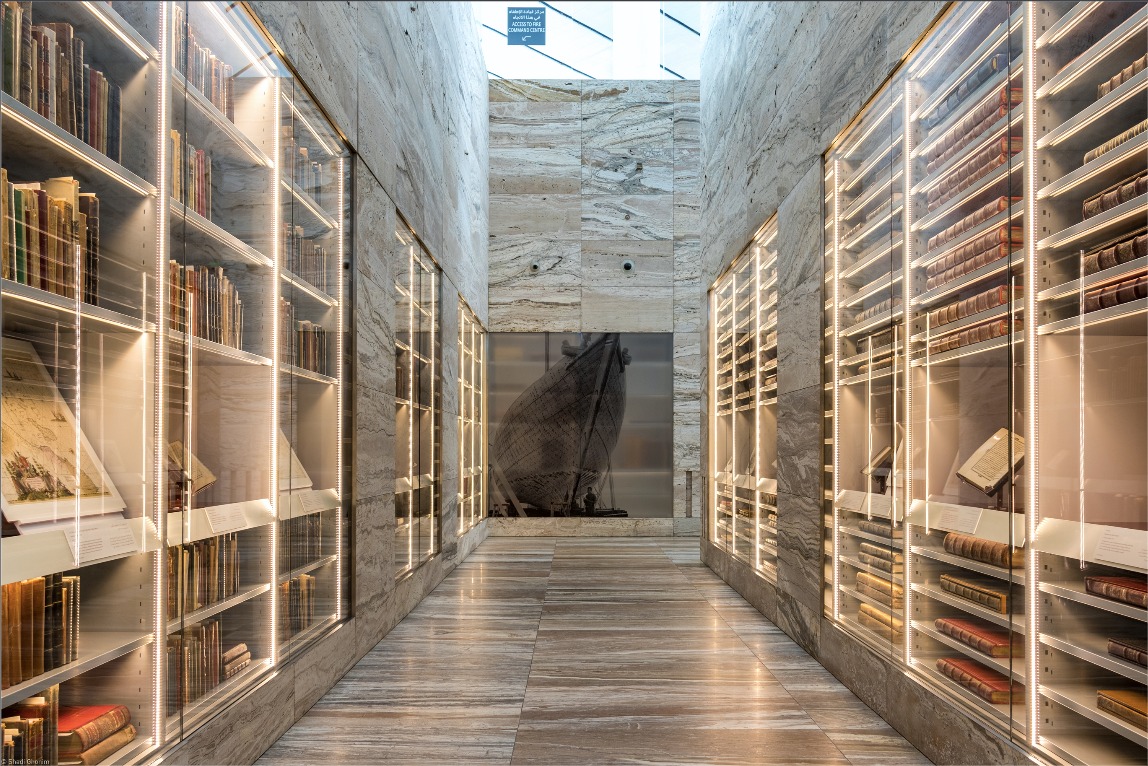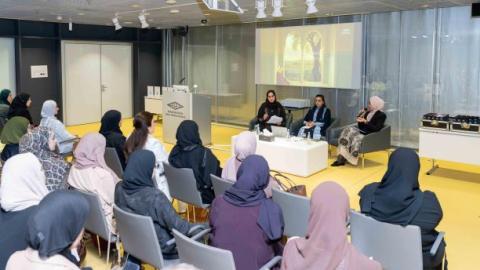
The significance of archival materials, historical manuscripts, documents, and rare old photographs lies not only in documenting the past but also in preserving a collective memory and national identity. These materials tell the stories of individuals, communities, and nations throughout history, providing inspiration for present-day visions and future aspirations.
Since its inception, Qatar National Library (QNL) has been dedicated to preserving and documenting the history and culture of Qatar and the region. This commitment is deeply rooted in the Library’s mission to safeguard the region’s heritage. The Library spares no effort in this endeavor, and operating a Preservation and Conservation Center where experts work tirelessly to protect archival and heritage materials from deterioration.
QNL's efforts extend beyond the physical preservation of heritage materials. The Library also works to preserve these items for future generations through its digitization center, which has successfully digitized nearly 15.5 million pages. These pages include books, maps, manuscripts, photographs, newspapers, and video files, all of which are made accessible to the global public through QNL’s digital repository in its beta version (https://ediscovery.qnl.qa).
To mark International Archives Week, experts at Qatar National Library have highlighted three of their most distinguished archival treasures: a rare Qur’anic manuscript, a historical letter, and rare photographs taken by a French traveler to the region in the mid-19th century. All these items are available digitally for public viewing on the Library’s website.
The oldest of these holdings is a leaf from the Blue Mus'haf, a rare Qur’anic manuscript written in gold Kufic script on blue parchment, epitomizing timeless elegance. This manuscript dates back to Kairouan, Tunisia, around the 3rd or 4th century AH (9th century CE). The leaves of this unique Blue Mus'haf have been scattered across various museums and libraries worldwide.
QNL’s archives also include rare and old photographs of the Middle East, documenting pivotal moments and providing researchers and enthusiasts with a deeper understanding of the region’s history. In 1852, the French writer and photographer Maxime Du Camp published a documentary album of photographs taken in Egypt, Nubia, Palestine, and Syria during his journey with the French orientalist Gustave Flaubert, offering a unique and rare insight into the architecture, geography, and people of that time.
QNL’s archival holdings do not only document the history of Qatar and the region from centuries long-gone, but also include numerous archival items from the modern era. A letter dated 17 March 1902 documents the appointment of Muhammad Amin as an assistant administrative officer in Qatar. The letter, which narrates his journey through Baghdad and Basra before reaching Qatar, provides a window into the Ottoman presence in the Gulf region and enhances the historical narrative of the political reality in the Arab world.
Qatar Digital Library is another of QNL’s initiatives to preserve the region’s archival and documentary heritage through digitization. It is one of the largest online repositories dedicated to the history and culture of the Middle East, providing free online access to a wealth of primary historical materials about politics, people, places, trade, culture, and customs in the Gulf region and the Arab world. The online library holds nearly 2.5 million digital copies of archives, maps, manuscripts, audio recordings, photographs, and drawings preserved in the British Library's collections, with commentary and explanations in both English and Arabic.
QNL has made significant strides in digitizing and preserving archival materials, as evidenced by its selection by the International Federation of Library Associations and Institutions (IFLA) as a regional center for the preservation of heritage materials in the Arab world and North Africa. Subsequently, the Library was appointed as a regional office for IFLA across the Arab world.
QNL believes that digitization is not merely about producing a digital backup of heritage and historical materials but also a means to disseminate knowledge and raise awareness of the region’s history. It enriches historical research and studies on the people and cultures of the Arab world and strengthens the national identity of current and future generations.
Commenting on the Library's role in documenting the region’s archival heritage, Rawad Bou Malhab, Head of Manuscripts and Archives at QNL's Distinctive Collections, said: “Qatar National Library remains committed to documenting the rich culture and history of Qatar and the Gulf states as part of its responsibility to preserve the heritage of Qatar and the region. Our archives reflect the identity of our community, our Arab and Islamic civilization, and the values we hold dear. They connect the younger generations with their ancestors, instilling pride in their past and a sense of belonging to their country, language and culture.”
He added: “By establishing high-speed cloud storage infrastructure alongside leading preservation and conservation techniques, QNL aims to address the significant gap in digital preservation practices in the region. Failing to protect knowledge today could impede future generations' access to information and their understanding of their country's past and history.”







